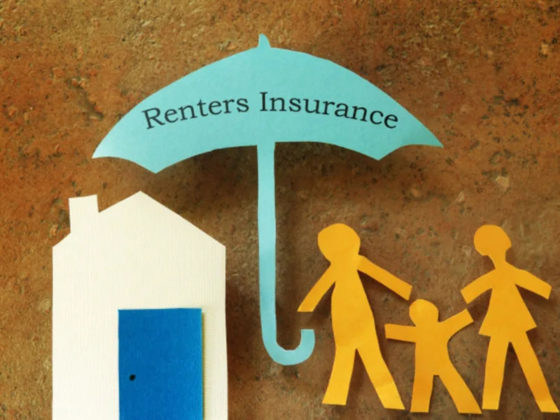Personal Property Coverage, also known as Contents Coverage or Coverage C, is the section of your home insurance plan that gives you money to replace any of your personal belongings that are damaged, stolen or destroyed in an event that your insurance plan covers. Although there are some standard practices when it comes to the Personal Property Coverage part of your plan, there are also some variables and things that you should know to get the most out of your insurance. Let’s take a look at what Personal Property Coverage entails.
How Does it Work?
As mentioned before, this section of your insurance policy takes care of your personal property that is lost or damaged. After the incident that caused the loss of your property occurs, you make a claim with the insurance company for either the cost of replacing your items or their actual cost depending on your plan. The amount of Personal Property Coverage that you need will depend on the value of the property that you are covering. There are limitations on how much you can claim for each type of item. In general, the worth of your Personal Property Coverage will be somewhere between 50% and 75% of your Dwelling Coverage.
How Do I Prove What I Lost?
The best way to prove your personal property losses to an insurance company is to have a home inventory. This is also an important thing to have when first determining how much of this coverage you will need. A home inventory is essentially a list of all of the items in your home that will be covered by your insurance plan. This includes sections such as furniture, jewelry and electronics. Other things such as clothing and media collections can also be included. In addition to your written home inventory, you should have other forms of proof. This can include receipts, pictures and video. As a rule of thumb, it is good to have as much proof of your items as possible so that you can get the most out of your policy. It is also important to keep your inventory in a safe place outside of your home, such as a safety deposit box or a friend’s house. You don’t want to risk losing it in the same event that caused you to lose your stuff.
What Can I Do About Limits?
There are certain limits that determine how much you can claim for each type of item. For example, you can only get so much money for your furniture, and another limit will be assigned to your jewelery. For most people, this will probably be enough. However, you may have a few specific items that are worth significantly more than your other stuff. In order to protect these items, you may need to add on to your plan. For these extra valuable items, you can purchase something called a scheduled endorsement. With a scheduled endorsement, you can pay extra to insure a specific item for a certain amount without having to increase the overall value of your Personal Property Coverage to account for it.
Personal Property Coverage is one of the most vital parts of your home insurance plan. Replacing lost and damaged possessions can be a costly, time-consuming process. Be sure to put together a thorough home inventory when getting home insurance so that you have all of your bases covered. Consider all of the points brought up here to help you determine exactly how much insurance you need. Making smart choices with your insurance plan should bring you peace of mind and a good safety net in case of an emergency.





